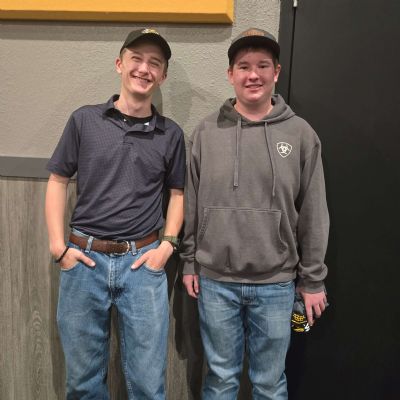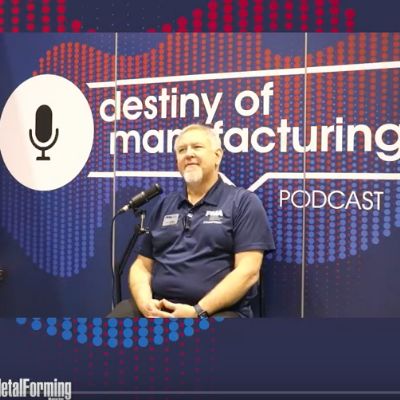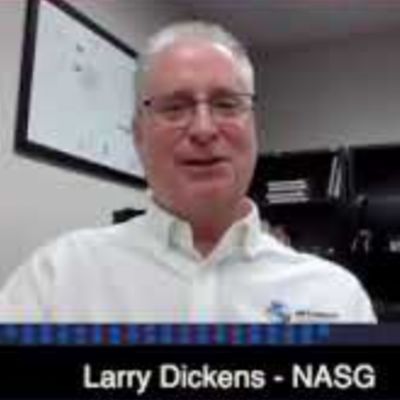Government, Automation and Job Training
June 9, 2023Comments
Omar Nashashibi is a founding partner with The Franklin Partnership, a bipartisan lobbying firm based in Washington, D.C., and a key component of PMA’s One Voice advocacy efforts.
In the most recent survey of PMA members, 92 percent of companies reported job openings, compared to 2014 when only 75 percent of shops told us that they had positions available. Back then, PMA would lobby Capitol Hill and the White House on the need for qualified employees—those who had defined skills. Today, however, manufacturers can only hope a person shows up for an interview, let alone makes it through the probationary period. As a result, many metal formers, with PMA support, have taken on an increased role in workforce development as they work to train, and then upskill, employees, often to only see those workers quickly leave.
Causing the most frustration for human-resource professionals, other than interviewee no-shows: offering a position to a promising candidate, only to be “ghosted” by that candidate. When we asked PMA member companies why a prospective employee declined a job offer, “did not respond” ranked third among the reasons cited. The top response: “Took higher pay elsewhere.”
Small businesses whose products compete globally and wages compete locally face significant pay-scale challenges. An employer can spend thousands of dollars to train a single employee only to see the employee leave for a larger competitor or a union shop. To address these challenges, 95 percent of surveyed companies tell us that they now offer a higher wage. Manufacturers now practice an all-of-the-above strategy—from increased wages to additional inhouse training, and outreach to immigrant, youth and nonviolent offender groups.
Policymakers in Washington, D.C., have heard the message, with many now focused on manufacturing operations and careers—perhaps more so than at any time since World War II. PMA continues to work with lawmakers on legislation that would allow the use of Section 529 accounts to pay for credentials and certifications; a bill to better inform borrowers about the costs of college and career opportunities; and increasing resources for workforce recruitment, training and placement.








 Podcast
Podcast
